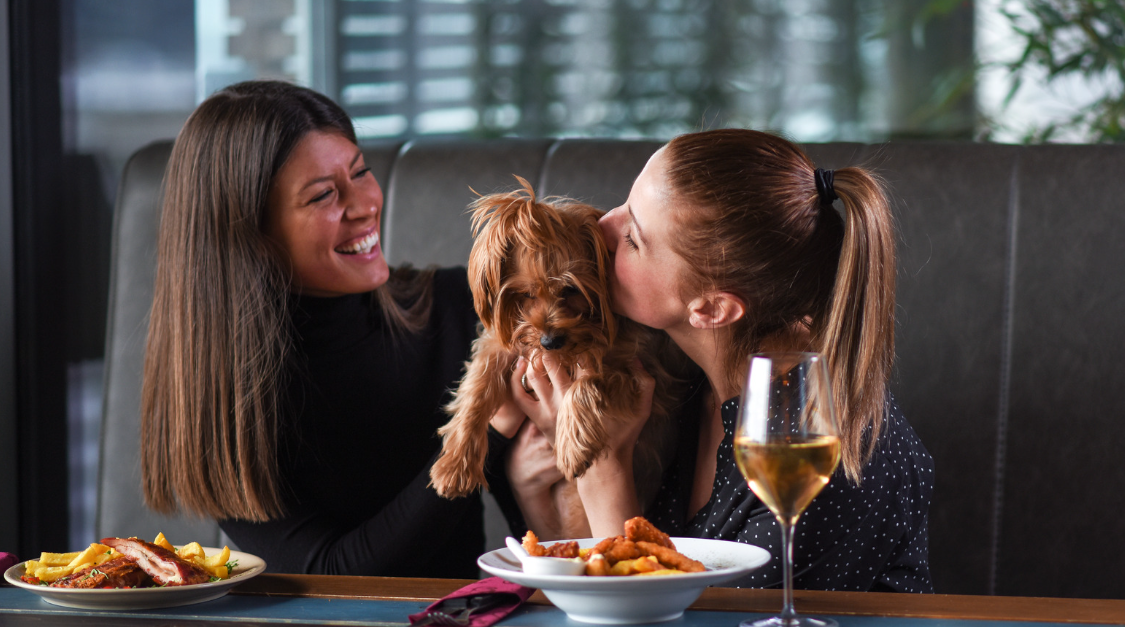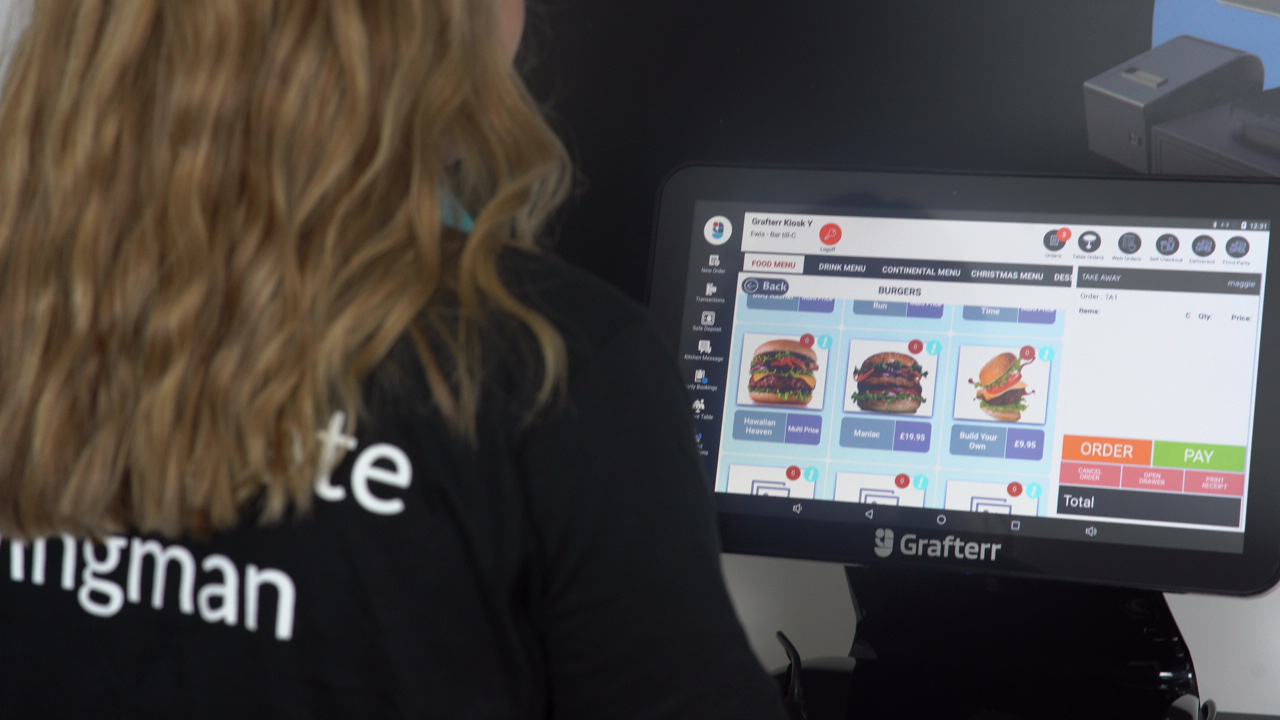Picture this: you’re enjoying a scrumptious meal at a cozy restaurant, and right beside you, a happy dog wags its tail in contentment. Welcome to the world of pet-friendly restaurants, where our furry friends are not just welcome, but embraced with open arms. This trend is not only heartwarming but also a smart business move. In this article, we’ll explore how the concept of pet-friendly dining establishments is transforming the restaurant industry in the UK, increasing popularity, and generating higher revenues.
1. The rising pet-centric culture
As pets become cherished members of families, their role has evolved from mere companions to beloved family members. This shift has given rise to a pet-centric culture where pet owners want to include their furry friends in various activities, including dining out. The idea of leaving pets at home while they enjoy a meal is becoming less appealing. This cultural shift provides an excellent opportunity for restaurants to tap into the growing desire for pet-inclusive experiences.

2. Expanding customer base
By welcoming pets, restaurants automatically extend their customer base to include both humans and their animal companions. Pet owners often plan their outings around their pets, looking for places where they can enjoy quality time together. When a restaurant is pet-friendly, it becomes a preferred destination for pet owners seeking memorable experiences for themselves and their pets. This expansion of the customer base can have a direct positive impact on the restaurant’s popularity and revenue.
3. Creating a unique experience
Pet-friendly restaurants offer a unique experience that stands out from the typical dining establishment. The presence of pets adds an extra layer of warmth and charm to the ambiance. Patrons not only enjoy delicious food but also the added delight of observing and interacting with pets. This combination creates a lasting memory and fosters a connection with the restaurant, making them more likely to return.

Pet owners were likely to spend more time and money at pet-friendly establishments, leading to increased revenue from extended visits, additional menu items, and repeat business.
4. Encouraging social interactions
Pets are known conversation starters and icebreakers. Their presence can encourage interactions among diners who might otherwise have remained strangers. Pet-friendly restaurants often become hubs for social interactions as patrons share stories and experiences related to their pets. This friendly atmosphere enhances the overall dining experience and encourages patrons to spend more time at the restaurant.
5. Amplifying word-of-mouth marketing
The concept of a pet-friendly restaurant is so heartwarming that patrons are likely to share their experiences with friends, family, and colleagues. Positive word-of-mouth recommendations act as powerful marketing tools. When people hear about a restaurant where they can dine with their pets, curiosity piques, and they become eager to experience it for themselves.
6. Leveraging social media
The “aww” factor associated with pets in restaurants is a goldmine for social media. Pictures and videos of pets enjoying meals or relaxing in pet-friendly areas make for incredibly shareable content. When patrons post these moments on social media, it generates buzz and attracts attention. This digital word-of-mouth translates into increased visibility and curiosity, which can lead to more patrons visiting the restaurant.

7. Special pet-friendly amenities
Pet-friendly restaurants often go beyond a simple pet-friendly policy. Some establishments offer designated pet areas, water bowls, and even special menus or treats for pets. These thoughtful touches show a level of care and consideration for patrons’ pets, creating a positive impression and making the dining experience more memorable. Such gestures can significantly contribute to customer satisfaction and repeat business.

8. Capitalizing on the growing pet industry
The pet industry is thriving, with pet owners increasingly seeking ways to provide the best experiences for their companions. Pet-friendly restaurants tap into this trend by offering an attractive proposition – an opportunity to share quality time and memorable experiences with pets. By aligning with this growing market, restaurants can benefit from the loyal patronage of pet owners.
9. Differentiating from competitors
In a competitive restaurant landscape, standing out is essential. Offering a pet-friendly environment sets a restaurant apart and makes it more appealing to a specific segment of customers. This differentiation can give the restaurant a competitive edge, making it a preferred choice among pet owners seeking dining experiences that cater to their unique preferences.

10. Nurturing brand loyalty
Pet-friendly restaurants often evoke strong emotional connections with patrons. The memories created by dining with pets become cherished moments that patrons associate with the restaurant. This emotional connection fosters brand loyalty, as patrons are more likely to return to a place that has provided them with positive and meaningful experiences.
Conclusion
The embrace of pet-friendly restaurants signifies a broader cultural shift toward inclusivity and the recognition of pets as integral parts of our lives. As the popularity of these establishments continues to soar, the impact is undeniable. Pet-friendly restaurants create a unique dining atmosphere that not only appeals to pet owners but also resonates with a broader audience seeking heartwarming and memorable experiences. By welcoming pets, these restaurants expand their reach, increase customer loyalty, and generate higher revenues – a testament to the paw-sitive power of pets in the dining world.





